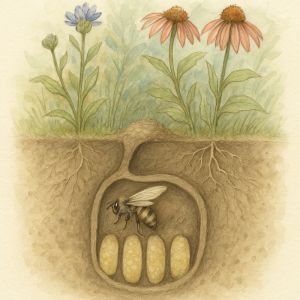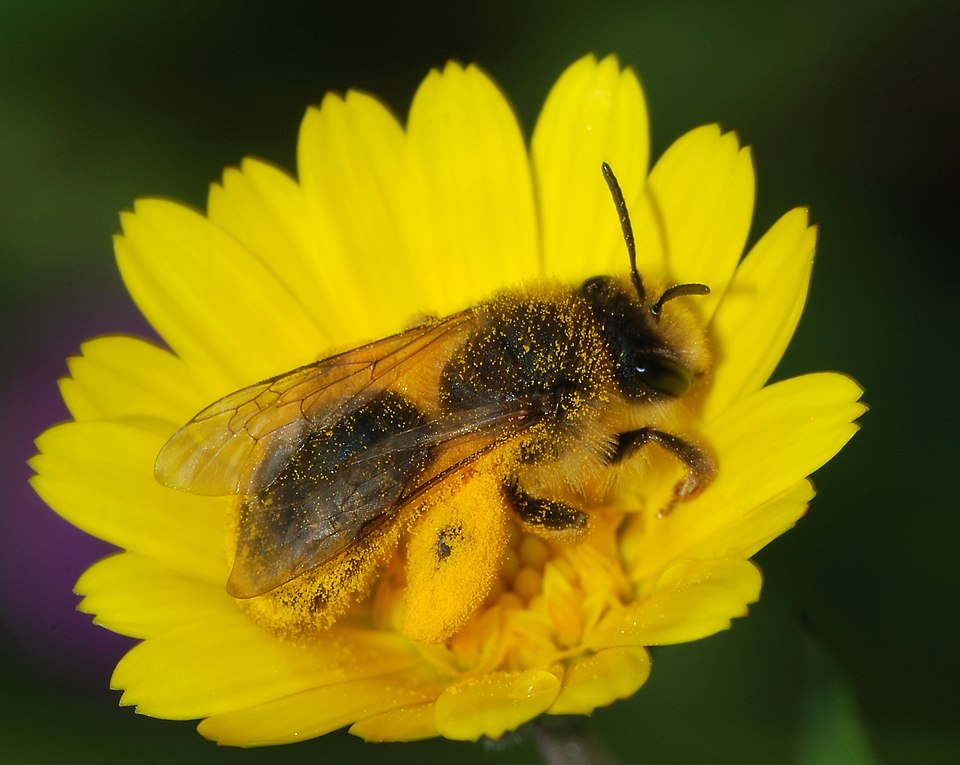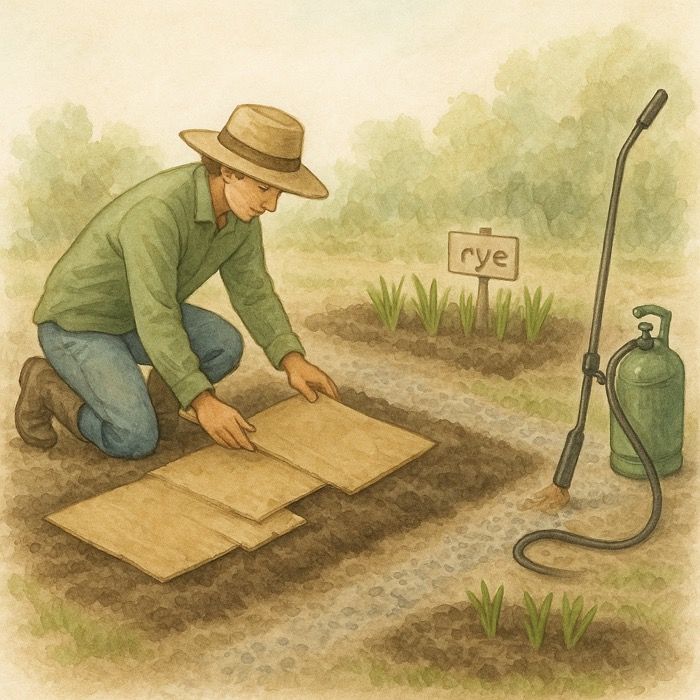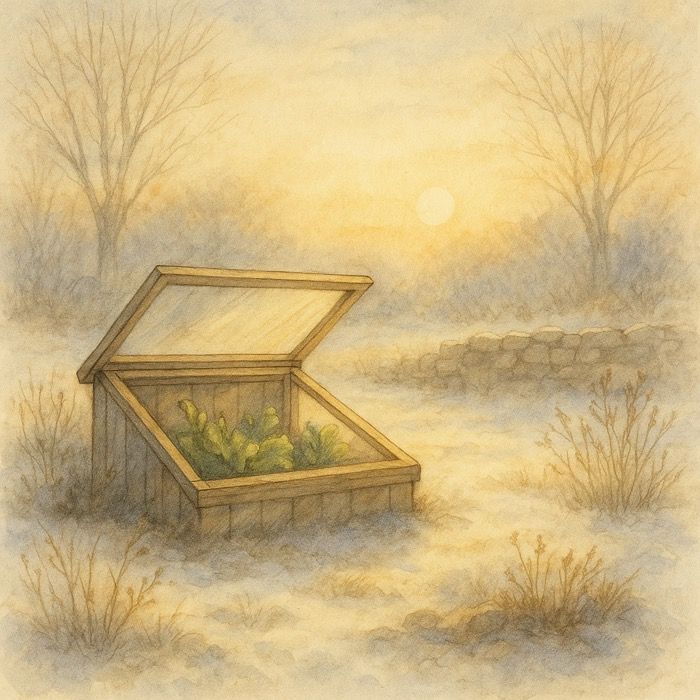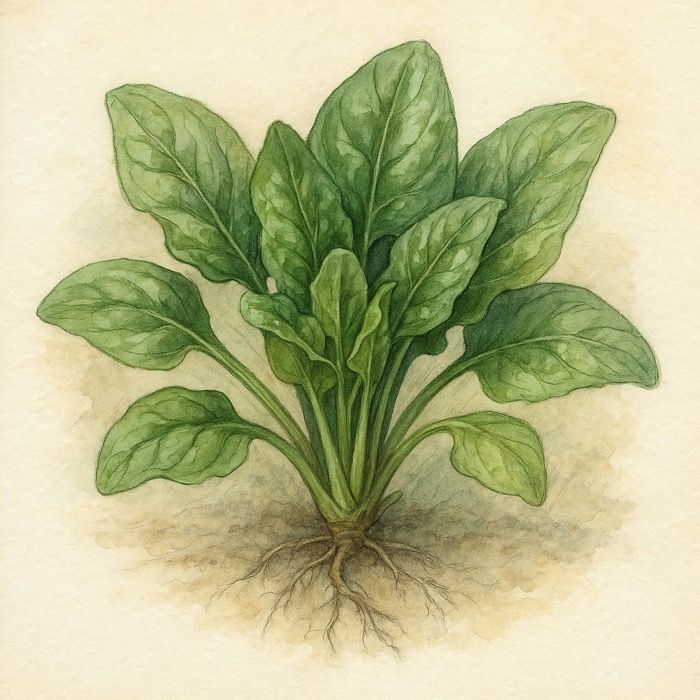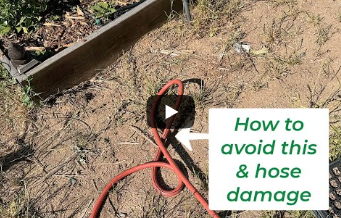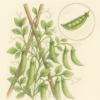The Bee Underground – Meet the Solitary Bees Living Beneath the Soil
Most gardeners know and love the honeybee, but beneath the soil lies a quieter world of pollinators—the ground-nesting bees. These solitary species make up nearly 70% of all bee species, and they work tirelessly in your garden, pollinating plants and enriching the ecosystem without ever calling a hive home.
The Hidden Life Beneath the Surface
In your garden’s quiet corners—bare soil, under shrubs, or between clumps of grass—tiny burrows tell a story few notice. Each entrance, about the width of a pencil, leads to a network of tunnels where solitary bees such as miner bees, sweat bees, and digger bees lay their eggs.
Unlike honeybees, solitary bees don’t live in colonies or produce honey. Each female bee is both queen and worker, building her own nest, gathering pollen, and ensuring her larvae have enough nourishment to thrive.
Master Gardener Tip – Leave small patches of bare, undisturbed soil in sunny areas. Many ground-nesting bees prefer loose, well-drained earth that isn’t compacted or covered by mulch.
Why Your Garden Needs Ground-Nesting Bees
Ground-nesting bees are among the most efficient pollinators in the natural world. Some specialize in specific plant families—like squash bees for cucurbits—while others forage broadly, helping flowers, herbs, and vegetables set fruit.
Their quiet labor boosts yields and ensures genetic diversity in your blooms and produce. They also emerge earlier in spring and remain active longer into autumn, bridging the pollination gap before honeybees become active.
Creating a Bee-Friendly Underground Haven
Supporting these unsung pollinators takes less effort than you might think. The key is simplicity and balance—providing a few untouched areas where nature can take the lead.
Here’s how:
- Bare Earth Zones – Avoid covering every inch of soil with mulch. A few open, sunny patches allow females to dig nests.
- No-Till Gardening – Reducing soil disturbance preserves existing bee tunnels and overwintering larvae.
- Native Flowers – Include native wildflowers like penstemon, coneflower, and phacelia—favorites for many ground-nesting species.
- Skip Pesticides – Even organic sprays can harm ground bees; instead, use companion planting for pest control.
Recognizing Their Work
You may notice small piles of fine soil, resembling miniature anthills, appearing in spring. These are bee nest entrances, not pest mounds. Watching a female bee enter and exit, dusted with pollen, is one of gardening’s quiet miracles.
Master Gardener Tip – If you find these small soil mounds, mark the area and avoid watering heavily or digging there until late summer. The next generation of pollinators is developing just beneath the surface.
Strange but True
Some species of ground-nesting bees can detect specific soil vibrations, allowing them to avoid predators—or even sense the footsteps of humans above. Researchers believe they can differentiate between the vibrations of rainfall, footsteps, and digging tools, helping them decide when it’s safe to emerge.
A Gentle Reminder from the Ground Up
Ground-nesting bees remind us that not all garden helpers are visible. Their work is quiet, persistent, and vital—an invisible layer in the living web that sustains your garden from the ground up.
By welcoming them, you invite balance, biodiversity, and a touch of wildness that every thriving garden needs.
More From Our Master Gardener
Recent Posts

5 Unexpected Winter Weed Control Strategies (That Don’t Involve Mulch)

Harnessing Winter Sun – Passive Solar Tricks for Your Garden

How to Grow Spinach – The Ultimate Beginner’s Guide for Tender, Nutritious Leaves

How to Grow Peas: The Ultimate Beginner’s Guide for Sweet, Crisp Harvests

How to Propagate and Dig Up Calla Lilies – A Step-by-Step Guide
